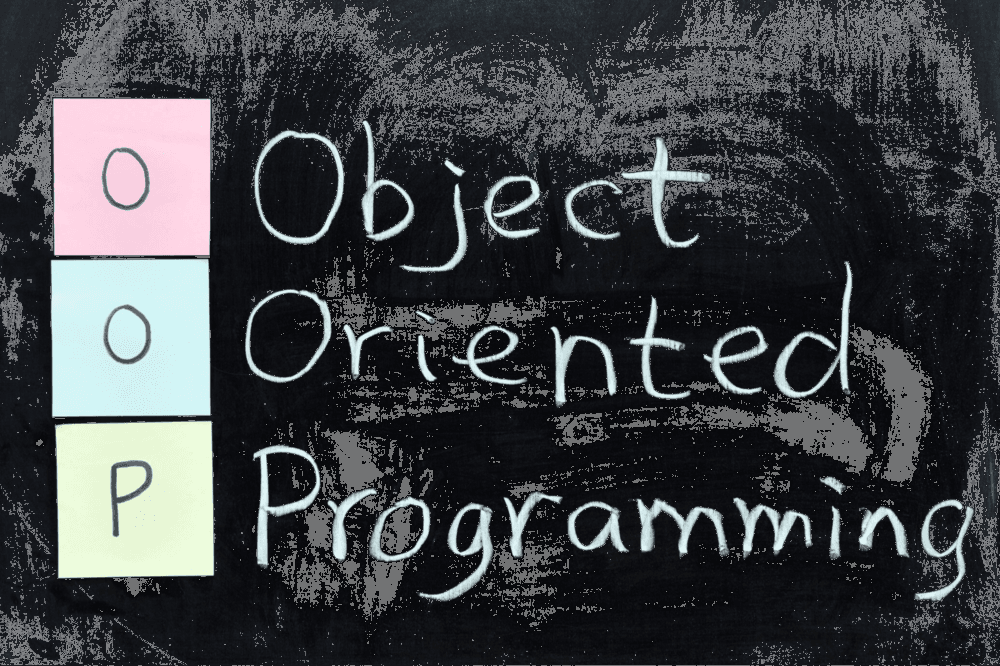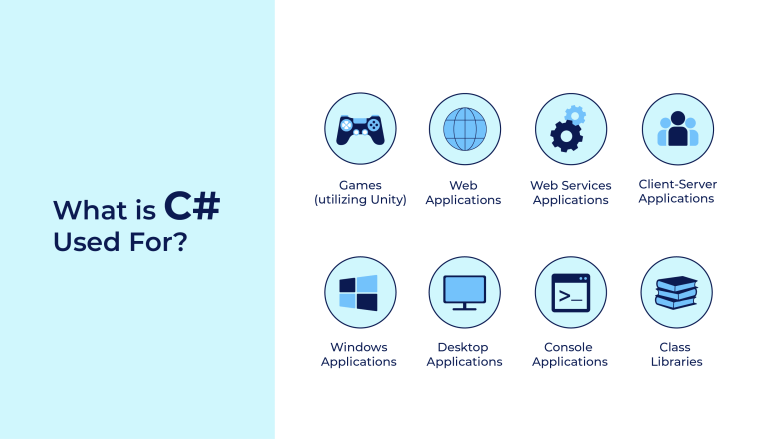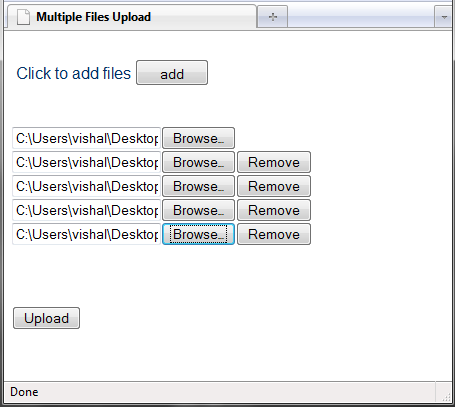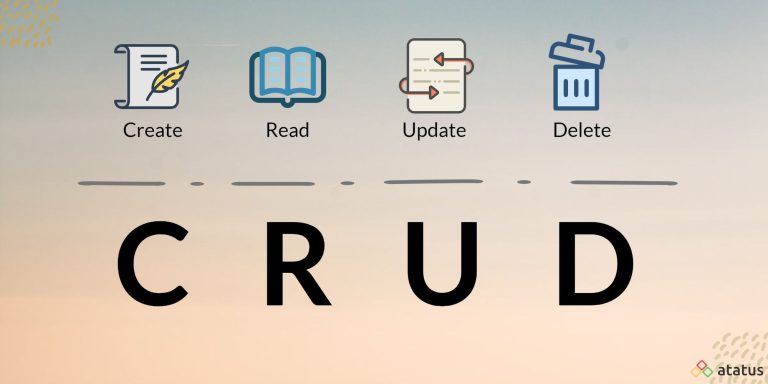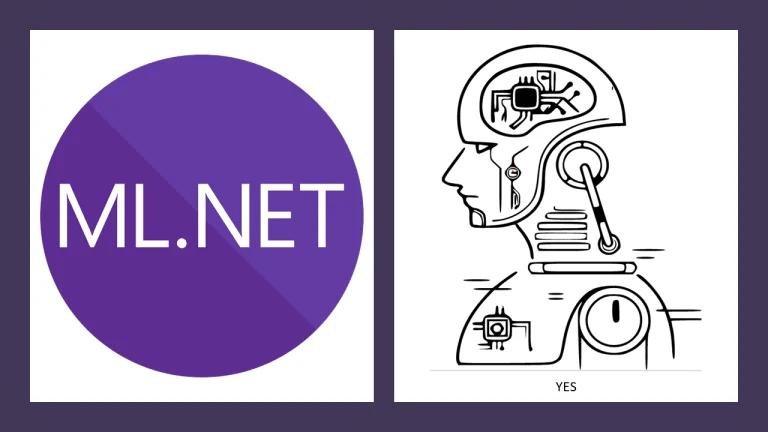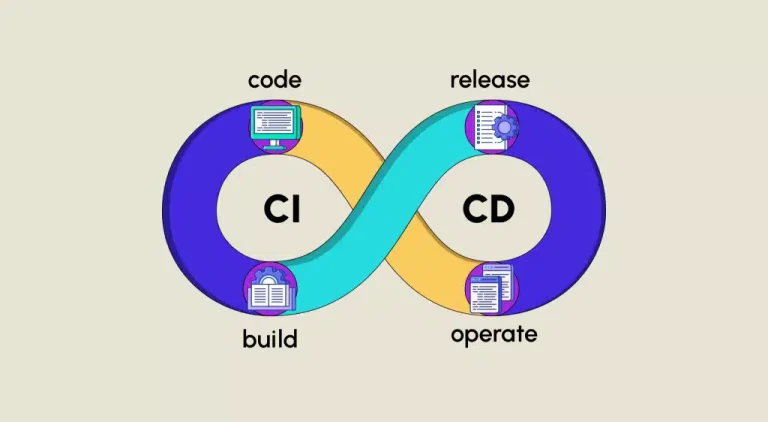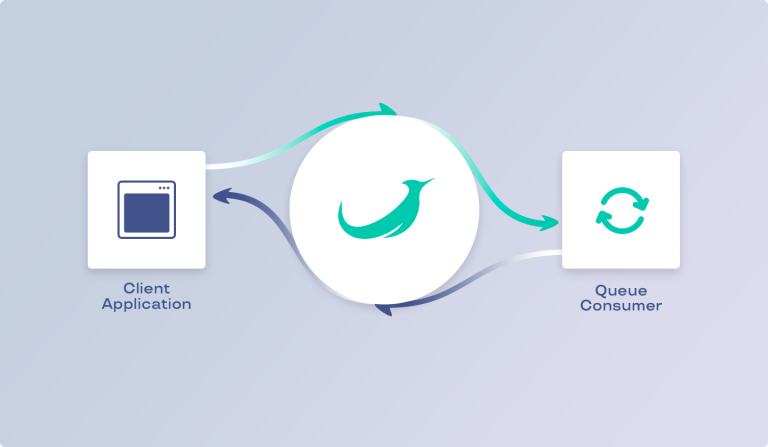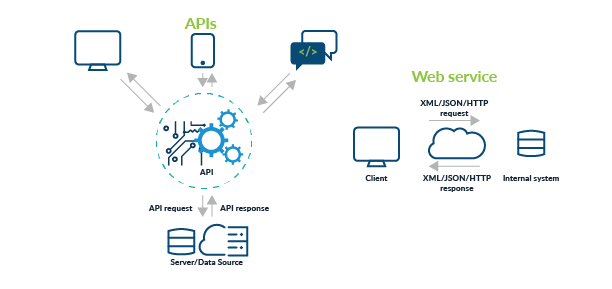Object-Oriented Programming (OOP) is a powerful paradigm that allows developers to structure their code in a modular and reusable way. In this guide, we’ll take you through the essential concepts of OOP in Python, step by step, with sample code.
Step 1: Understanding Classes and Objects
Definition:
- A class is a blueprint for creating objects.
- An object is an instance of a class.
Sample Code:
class Car:
def __init__(self, brand, model):
self.brand = brand
self.model = model
def display_info(self):
print(f"{self.brand} {self.model}")
# Creating objects
car1 = Car("Toyota", "Camry")
car2 = Car("Honda", "Civic")
# Accessing object attributes
print(car1.brand) # Output: Toyota
# Calling object methods
car1.display_info() # Output: Toyota CamryStep 2: Class Constructor and Initialization
Definition:
- The
__init__method is a special method used for initializing objects. - It is called automatically when an object is created.
Sample Code:
class Person:
def __init__(self, name, age):
self.name = name
self.age = age
person1 = Person("John", 25)
print(person1.name) # Output: JohnStep 3: Class Methods and Instance Methods
Definition:
- Class methods are methods bound to the class and not the instance of the class.
- Instance methods are methods bound to an instance of the class.
Sample Code:
class Circle:
pi = 3.14 # Class variable
def __init__(self, radius):
self.radius = radius
def calculate_area(self):
return self.pi * self.radius**2
# Using instance method
circle1 = Circle(5)
area = circle1.calculate_area()
print(area) # Output: 78.5Step 4: Inheritance
Definition:
- Inheritance allows a new class (subclass/derived class) to inherit attributes and methods from an existing class (base class/parent class).
Sample Code:
class Animal:
def __init__(self, species):
self.species = species
def make_sound(self):
pass # Placeholder for method in base class
class Dog(Animal):
def make_sound(self):
return "Woof!"
dog = Dog("Canine")
print(dog.species) # Output: Canine
print(dog.make_sound()) # Output: Woof!Step 5: Encapsulation
Definition:
- Encapsulation restricts access to certain components of an object and prevents the accidental modification of data.
Sample Code:
class BankAccount:
def __init__(self, balance):
self.__balance = balance # Private attribute
def get_balance(self):
return self.__balance
def deposit(self, amount):
self.__balance += amount
account = BankAccount(1000)
print(account.get_balance()) # Output: 1000Step 6: Polymorphism
Definition:
- Polymorphism allows objects of different classes to be treated as objects of a common base class.
Sample Code:
class Bird:
def make_sound(self):
pass
class Parrot(Bird):
def make_sound(self):
return "Squawk!"
class Crow(Bird):
def make_sound(self):
return "Caw!"
# Polymorphic function
def bird_sound(bird):
return bird.make_sound()
parrot = Parrot()
crow = Crow()
print(bird_sound(parrot)) # Output: Squawk!
print(bird_sound(crow)) # Output: Caw!Conclusion:
Object-Oriented Programming enhances code modularity, reusability, and maintainability. By understanding classes, objects, inheritance, encapsulation, and polymorphism, you can leverage the power of OOP in Python to design more efficient and organized software. Incorporate these principles into your Python projects to build scalable and well-structured applications.

